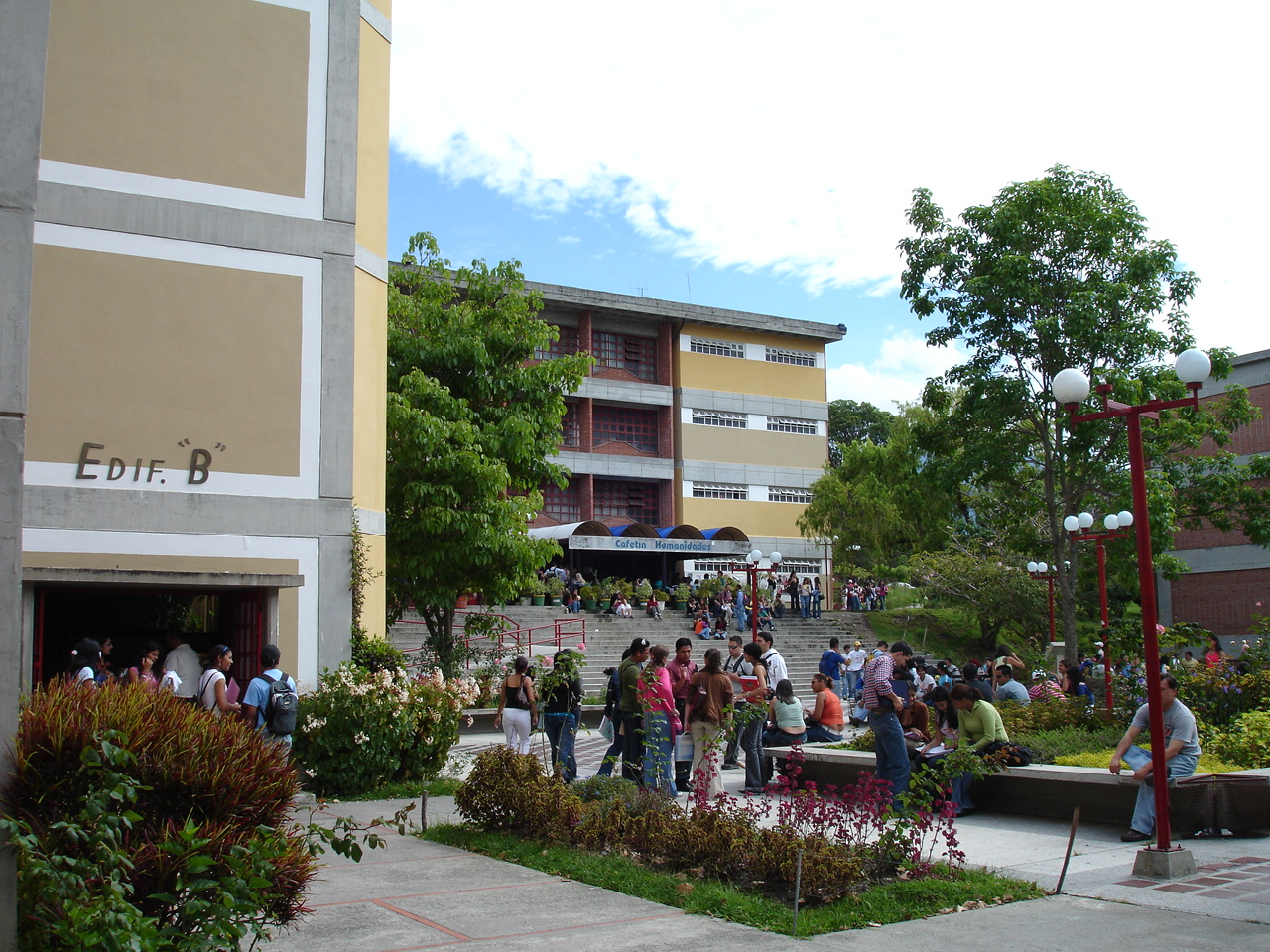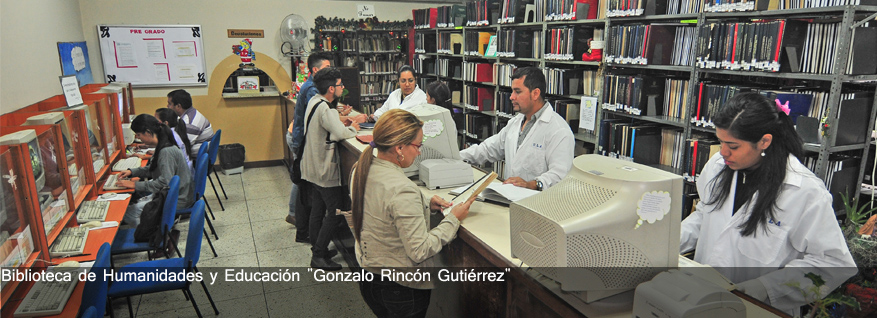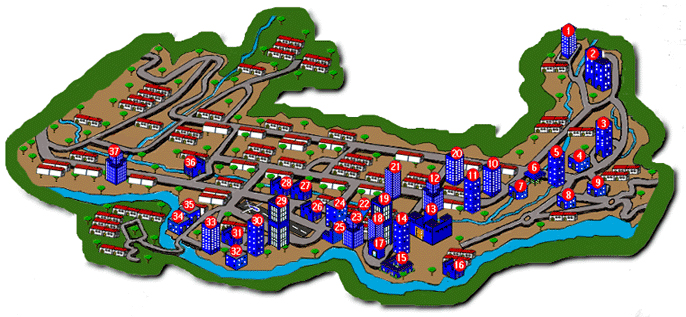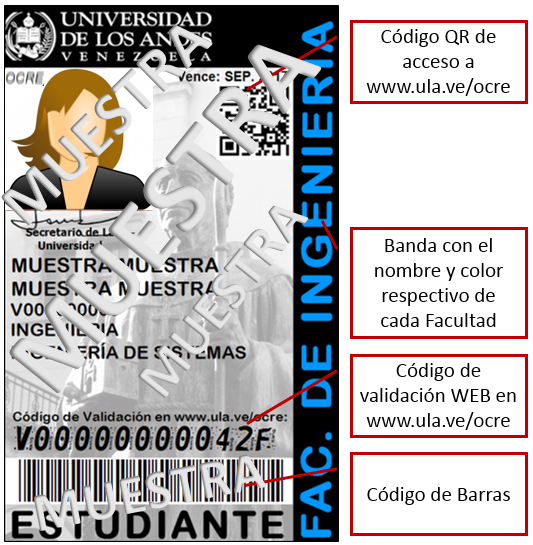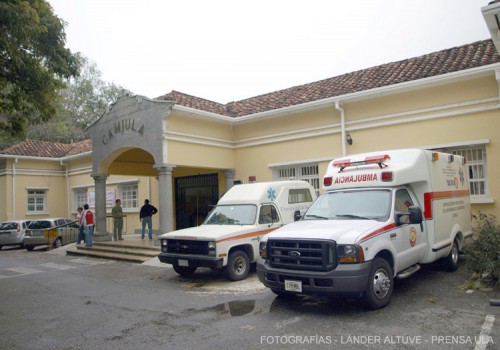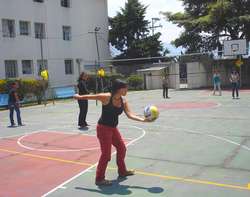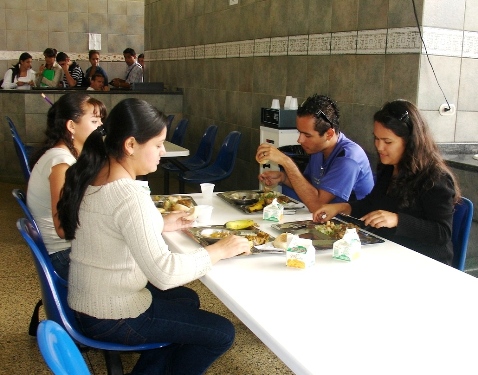Living in Mérida
Mérida, the university city of Venezuela.
Mérida (official name: Santiago de los Caballeros de Mérida) is one of the 4 states that make up the Venezuelan Andean region. Its capital, the city of Mérida, is also one of the most important cities in the region. It was founded in 1558 by Captain Juan Rodriguez Suarez at the place where Lagunillas stands today. Geographically, Mérida has 23 municipalities and a total area of 803 km2 (8.643e+9ft2). Mérida is located in the valley between the Chama River and the Pico Bolivar, the country’s highest summit, with an altitude of 4,981 meters (16, 342 ft2) (Camargo & Guerrero, 1997). According to INE (2011), Mérida’s state total population accounts 820,000 inhabitants, and the city of Mérida accounts 26% of the total state population, this means 204,000 inhabitants.
The city of Mérida is placed at the municipality Libertador, named after the Venezuelan independent hero, Simón Bolívar. Libertador municipality is where the state and municipal government seats are located, and also where the judicial and electoral representative branches work. As its motto states, a “city on a hill cannot be hidden” (Non potest civitas abscondi supra montem posita, Matthew 5:14); however, Mérida’s high-standing position goes beyond its geographical position. Based on the implications that the University of Los Andes (In Spanish, Universidad de Los Andes, ULA) partakes historically, culturally and academically in the region, it seems reasonable to suggest that Mérida is one of the most recognized university cities in Venezuela.
From the beginning, Mérida has been linked to educative institutions, and, in fact, they have been a pillar throughout Mérida’s history. Yet, the start of these institutions is closely related to the Catholic Church and its social influence back to colonial times: “Since the beginnings of the process of discovery, conquest and colonization of Mérida’s territory, religious orders such as Jesuits, Dominicans and Augustinians took part not only in the process of teaching religion, but also in basic aspects of reading and writing, counting, singing (…).” (Artigas, 2012, p. 328). Such religious orders consolidated their educative activity through the construction of convents and cloisters which originally were only destined for the elite. Nevertheless, the establishment of a solid educative system started with the foundation of the College Seminary “San Buenaventura”, as it is considered the stepping-way on the creation of the University of Los Andes. Founded in 1785, by Fray Juan Ramos de Lora, the College Seminary “San Buenaventura” was granted the royal privilege of awarding bachelor and doctoral degrees in 1808, but it was not recognized as an official university yet, until 1810. (Samudio, 2011). Nowadays, the ULA’s current verve is education as a wide-ranging activity, aiming to connect their workers’ and students’ lives to their own aptitudes and communities.
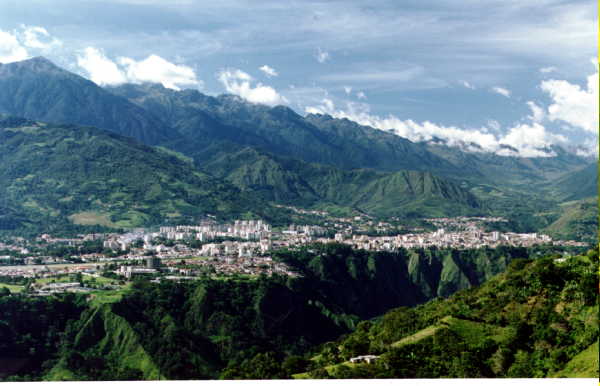
Now let us consider the most noticeable feature of Mérida: its culture. Next to the state geographical aspects, in Venezuela there is a widespread acceptance of the idea that the merideño is a person of considerate affections. Known as “the city of gentleman” (In Spanish, La ciudad de Los Caballeros), it comes as no surprise that Mérida is deemed a region based on the value of tradition. Moreover, the creative expression and symbolism of today’s Mérida culture is the evidence of its multicultural historical background: the typical cultural representations can be directly traced to colonial times as part of religious festivities that merge Catholicism and indigenous belief-systems. As it can be seen, integration has played a main role in the city. This remains true even today, since Mérida is both a crossroad and a scenario for culture. The official data let us note how diverse the city’s foreign population is, combining Colombian, Spaniard and Italian communities, among others (INE, 2011). This points to cultural enrichment which is strongly and cooperatively motivated by the region’s academic activity, carried out mainly by the University of Los Andes. According to Rangel. (2007):
-
“The ULA students are mainly graduate students, from different cities and countries. Through their habits and lifestyles, they contribute to the city’s cultural diversity which takes places in a context of varied cultural expressions. For that reason, diverse cultural, social and homegrown manifestations cohabit in Mérida.” (p.744)[1]
[1] Translated from the original by the author
Under such circumstances, it is natural that Mérida is driven by a work-force and life-style in which the higher education system assumes a major role.
Another key point could be the academic services, as well as other different contributions to the urban tissue provided by the ULA. Among the academic services, the research apparatus deserves an important mention. The research system itself is sustained on two important branches: research centers that work on the production of knowledge, and the librarian services that work on the transmission of it. Among these research systems components, let us note first the Council for Scientific, Humanistic, Technology, and Arts Development (in Spanish, Consejo de Desarrollo Científico, Humanístico, Tecnológico y de las Artes, CDCHTA). The CDCHTA is defined by its efforts in order to facilitate knowledge in the previously mentioned areas to support the local, state and even national development. The research studies funded by CDCHTA constitute a factual helping hand in the enrichment of Mérida’s quality of life (www.ula.ve/cdchta). In regard to knowledge diffusion in Mérida, SERBIULA (in Spanish, Servicios Bibliotecarios de la Universidad de Los Andes) is first-line-positioned in the big picture. Its origins date to August, 1st, 1888 by decree of Professor Caracciolo Parra (Lopez, A., 2003). The creation of the first library aimed to bring knowledge closer to the university students and researchers. From that day, SERBIULA has become a stablished and interconnected library system undertaking the current documental needs of the academic community, not only ULA’s, but also students and researchers from other higher education institutions of the city.
Closely bound, the ULA’s quota to the life-style of the city is undeniable. The imprint is noticeable, for example, on the urban space. Since the ULA Mérida is not a single campus, but rather a campus made out of small complexes located along the city, it is easy to see its relevance as a whole. Based on this internal integration between the city and the University of Los Andes, Mérida’s collective memory can be accurately comprehended. As Rangel (2007) clearly points out:
The university’s emblematic and administrative buildings are an important part of the city's most valuable architectural style, and in consequence, they are part of the collective memory it creates, since they reinforce urban environments. The ULA campus in Mérida has backed the integration of underdeveloped areas into the urban tissue and life-style (p. 744). [1]
[1] Translated from the original by the author
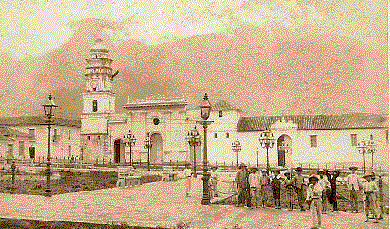
Let us not forget as well ULA’s consistent work in terms of public services, for example, health care. CAMIULA (in Spanish, Centro Ambulatorio Médico Integral de la ULA) is a welfare organization that provides health and medical care services toULA students, workers and professors. Services provided include health care and specialized medical treatments in gastroenterology, cardiology, urology, traumatology and pediatrics. Therefore, CAMIULA serves as the link between the community’s well-being and the ULA. This only proves a real interdependence between the city of Mérida and the University of Los Andes.
In conclusion, we should note that the University of Los Andes nurtures the city of Mérida as long as it is its scenario and main motivator. Yet the opposite is also true, Mérida needs ULA to grow, which is, essentially, a characteristic of university cities. Besides all historical, cultural, and community details previously presented, Mérida -taken as a university city- could be proven accurately through two main points: first, the reflection of the ULA as main educative center onto the quality of life of the residents, and second, through its hard work heading local, state and national development. As long as Mérida keeps this conditions in terms of higher education, it will continue responding to a University City scheme and dynamism.
References
Artigas, Y. (2012, December). La educación en Mérida antes de la creación del Colegio Seminario de San Buenaventura (1620-1785). Educere(055), 325-329. Retrieved from SABER ULA: http://www.saber.ula.ve/bitstream/123456789/36818/1/articulo10.pdfCamargo, M., & Guerrero, O. (1997). Repercusiones ambientales significativas en la ciudad de Mérida, Venezuela. Geoenseñanza, 2, 107-126. Retrieved from http://ecotropicos.saber.ula.ve/db/ssaber/Edocs/pubelectronicas/geoensenanza/vol2num2/articulo7.pdInstituto Nacional de Estadística. (2014, December). XIV Censo Nacional de Población y Vivienda. Resultados por entidad federal y municipio del Estado Mérida. Retrieved from Instituto Nacional de Estadística : http://www.ine.gov.ve/documentos/Demografia/CensodePoblacionyVivienda/pdf/merida.pdfLopez, A. (2003, December). Los orígenes de la investigación científica en la Universidad de Los Andes. Investigación(006). Retrieved from SABER ULA: http://www.saber.ula.ve/bitstream/123456789/21166/1/articulo6-8.pdfRangel, M. A. (2008, December). Mérida, de la ciudad universitaria a la Eutrópolis. Educere(039), 743-747. Retrieved from Scielo: Scientific Electronic Library Online. Venezuela: http://www.saber.ula.ve/bitstream/123456789/20216/2/articulo18.pdfSamudio, E. (2011, January- July). De la Casa de Estudios a la Real Universidad de San Buenaventura de Mérida de los Caballeros. Procesos Históricos(19), 107-125. Retrieved from SABER ULA: http://www.saber.ula.ve/bitstream/123456789/32100/3/articulo6.pdf

